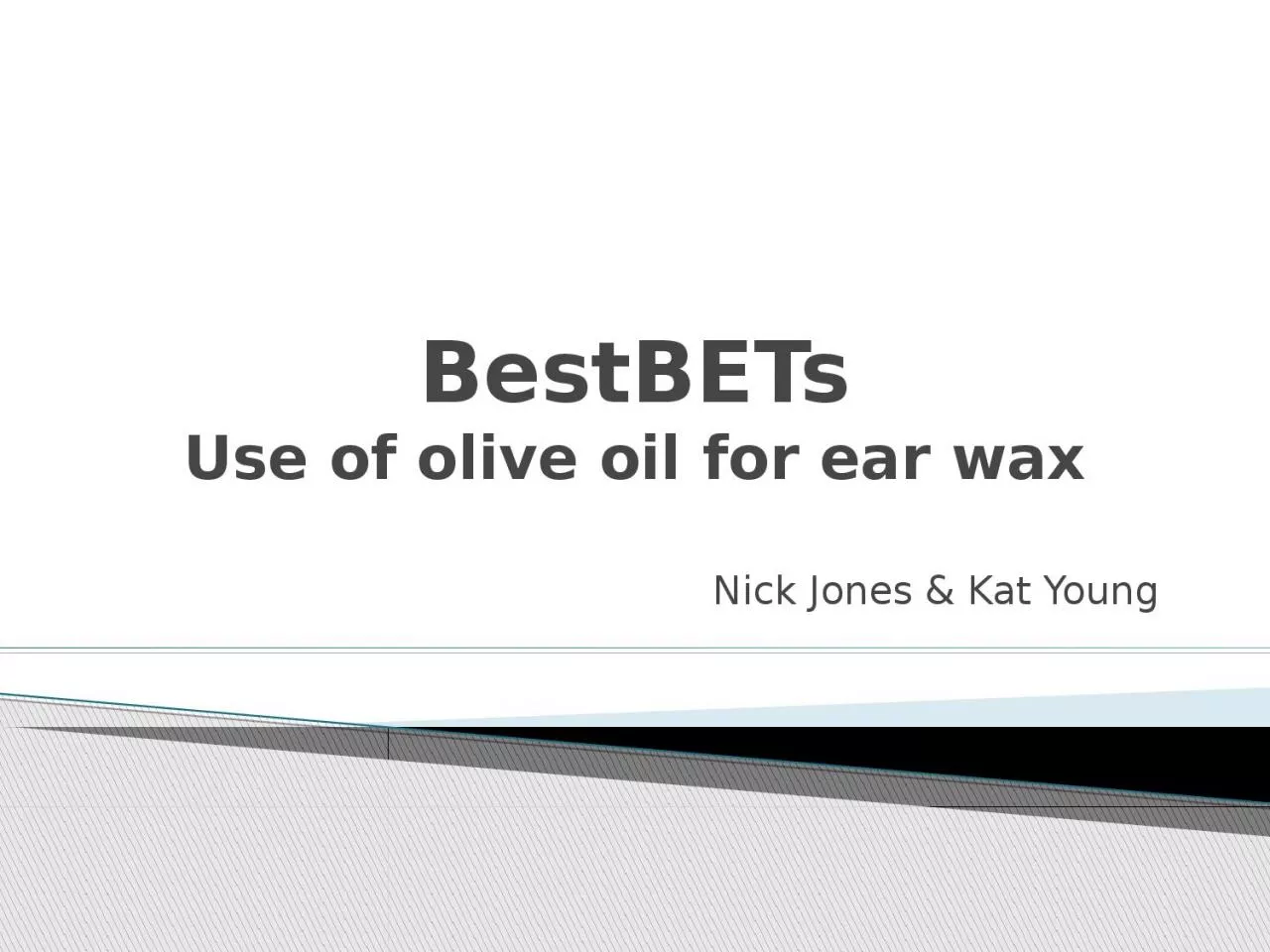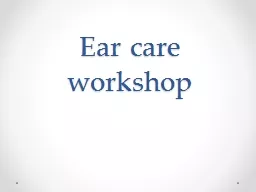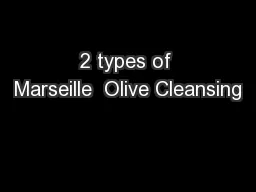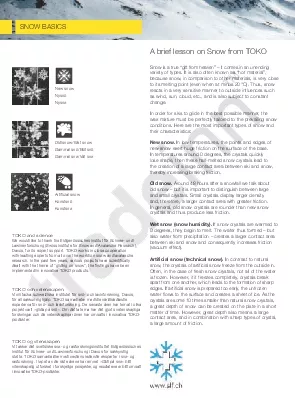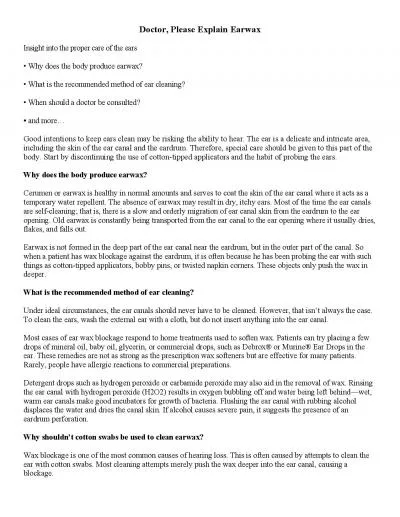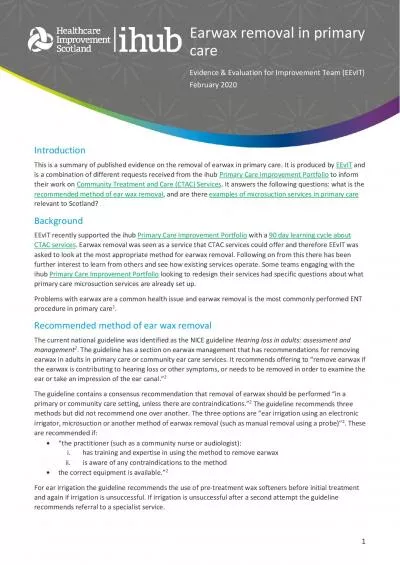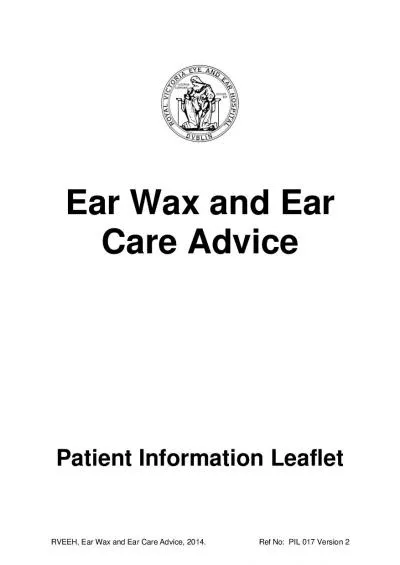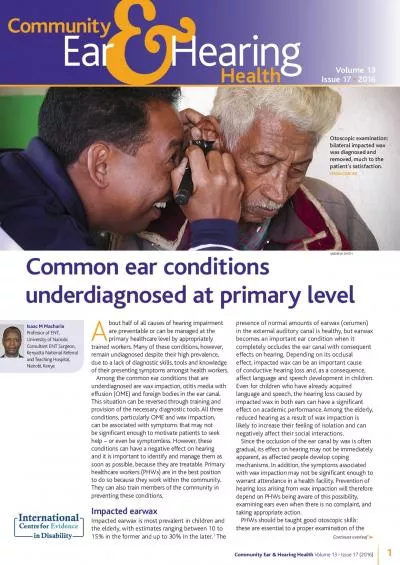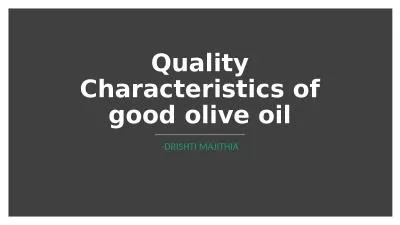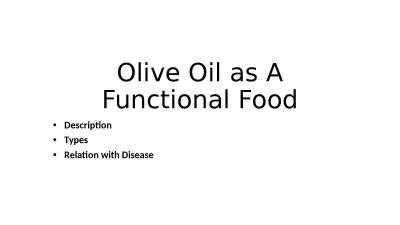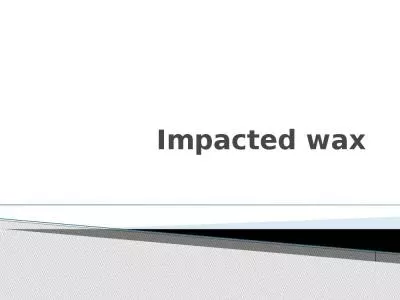PPT-BestBETs Use of olive oil for ear wax
Author : bethany | Published Date : 2022-06-11
Nick Jones amp Kat Young P opulation Adults gt18 yrs presenting with symptomatic ear wax I ntervention Use of olive oil drops C omparator Use of alternative ear
Presentation Embed Code
Download Presentation
Download Presentation The PPT/PDF document "BestBETs Use of olive oil for ear wax" is the property of its rightful owner. Permission is granted to download and print the materials on this website for personal, non-commercial use only, and to display it on your personal computer provided you do not modify the materials and that you retain all copyright notices contained in the materials. By downloading content from our website, you accept the terms of this agreement.
BestBETs Use of olive oil for ear wax: Transcript
Download Rules Of Document
"BestBETs Use of olive oil for ear wax"The content belongs to its owner. You may download and print it for personal use, without modification, and keep all copyright notices. By downloading, you agree to these terms.
Related Documents

